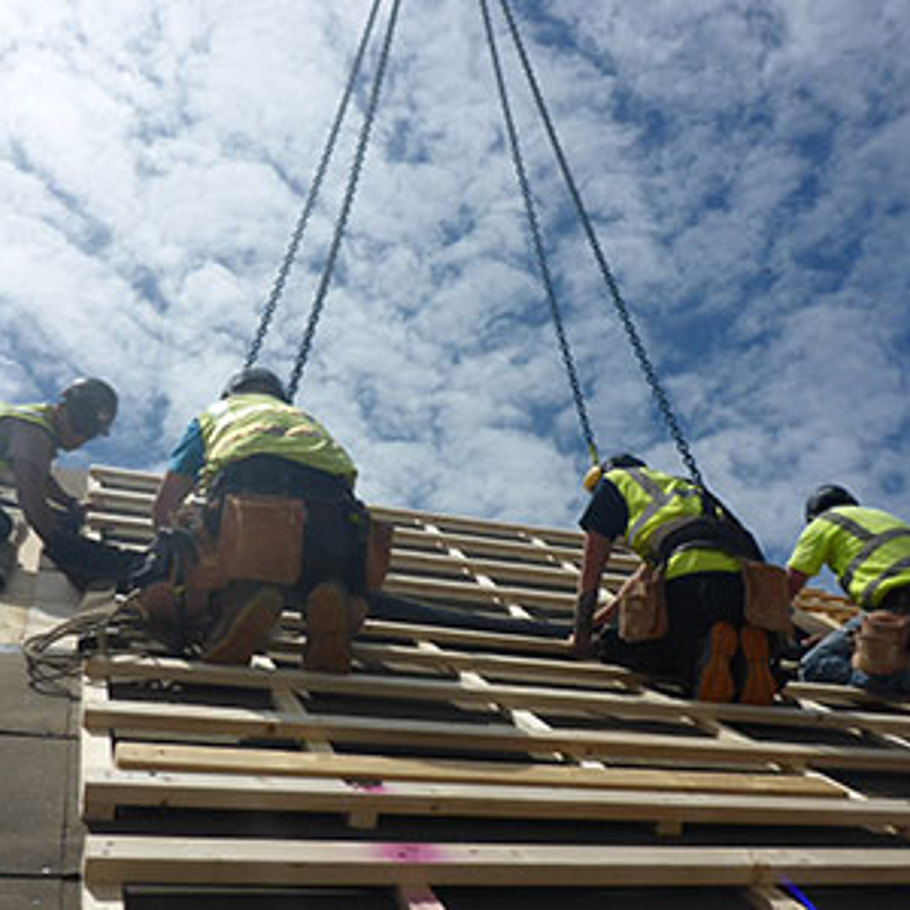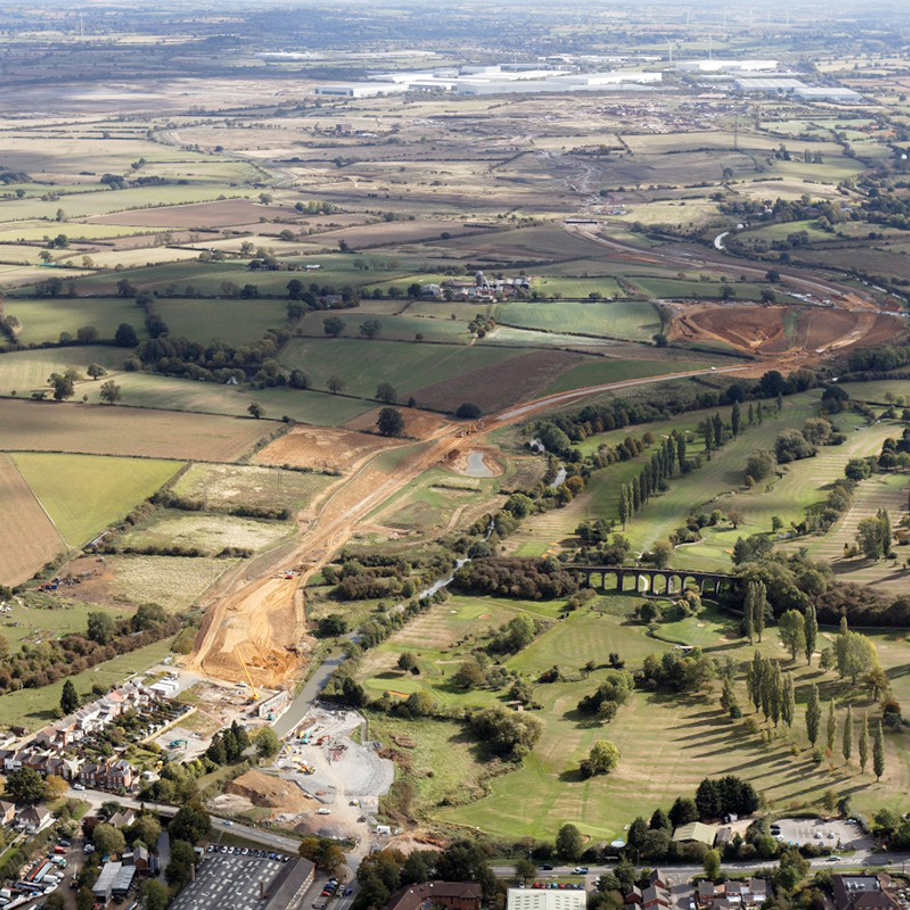Topic Projects
Date 28 Mar 2024
New compaction technology to speed up construction and improve safety on road sites has been trialled by National Highways on Galliford Try Infrastructure’s A303 upgrade scheme.
Compaction is one of the first activities to happen on a road project and is carried out to ensure roads remain level and safe to drive on for years to come. This is a significantly important process in the project, and if not managed correctly, can impact costs and risk.
The new technology uses 3D mapping and a sophisticated sensor system, which ensures that the right level of compaction is achieved first time and any uneven areas which could cause settlement issues down the line are rectified.
The machines used to trial the new technology were fitted with Caterpillar’s Cat Machine Drive Power technology and Cat Compaction Meter Value.
Using these features, the driver can set the target depth and compaction level required using a device in the cab of the machine. This enables the operator to pre-set the roller, so it functions automatically and operates within the required parameters. This ensures the task is completed safely and eliminates the need for someone to be on the ground on site during the compaction process to check the ground levels.
Claire Hamar, National Highways Head of Innovation, said: “We are constantly exploring new innovative ways to design, build and maintain our roads and are committed to making connected and autonomous plant the norm in construction. We believe that embracing innovation is the path to more efficient and safer projects.”
Jon de Souza, Innovation and Research Lead for Galliford Try, commented: “We were delighted to be able to demonstrate our commitment to innovation through the collaborative delivery of this research trial. We believe that connected and autonomous plant has the potential to transform construction over the coming years, improving safety and productivity while reducing carbon emissions.
“We look forward to continuing our work with National Highways to trial this technology across our infrastructure delivery.”








